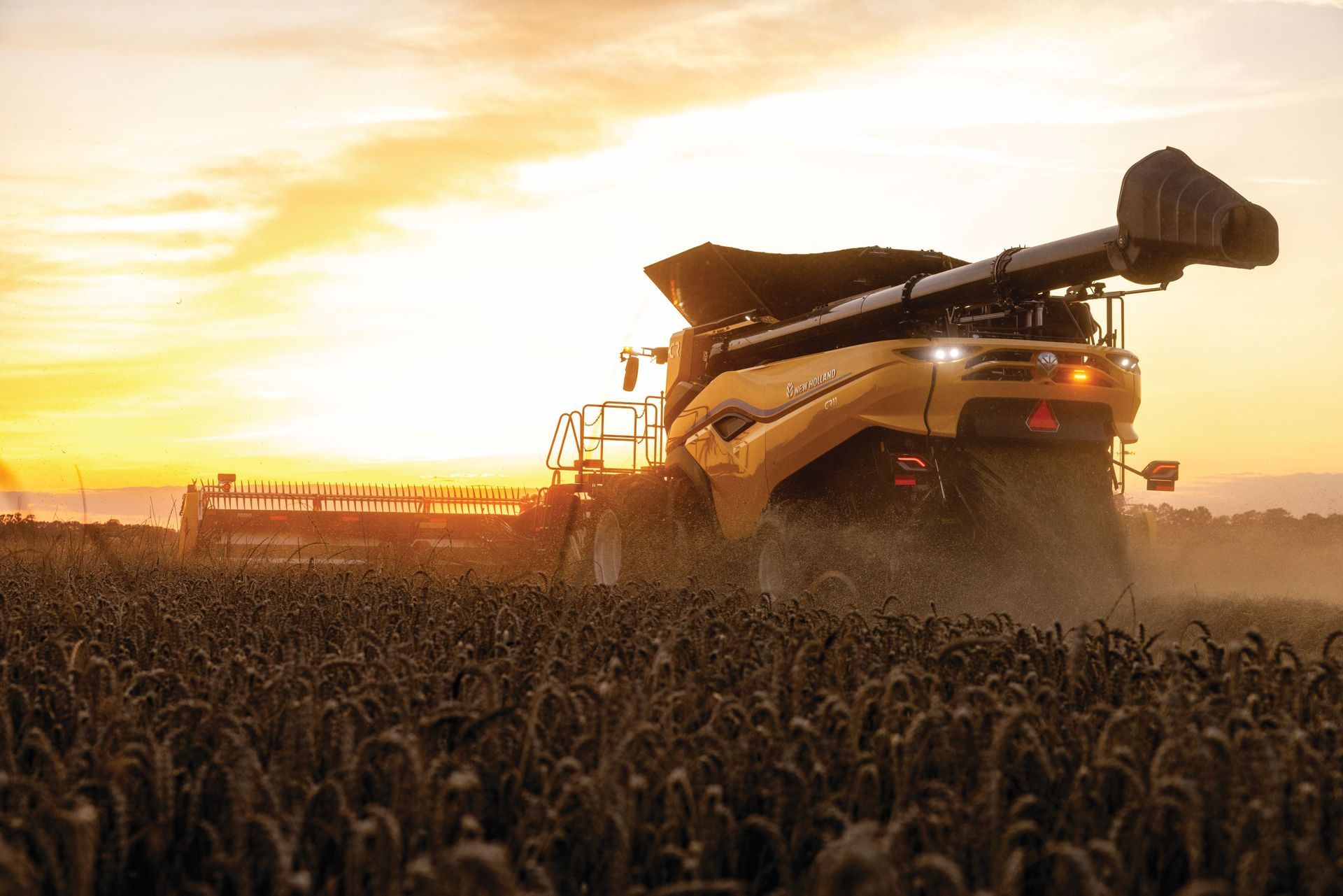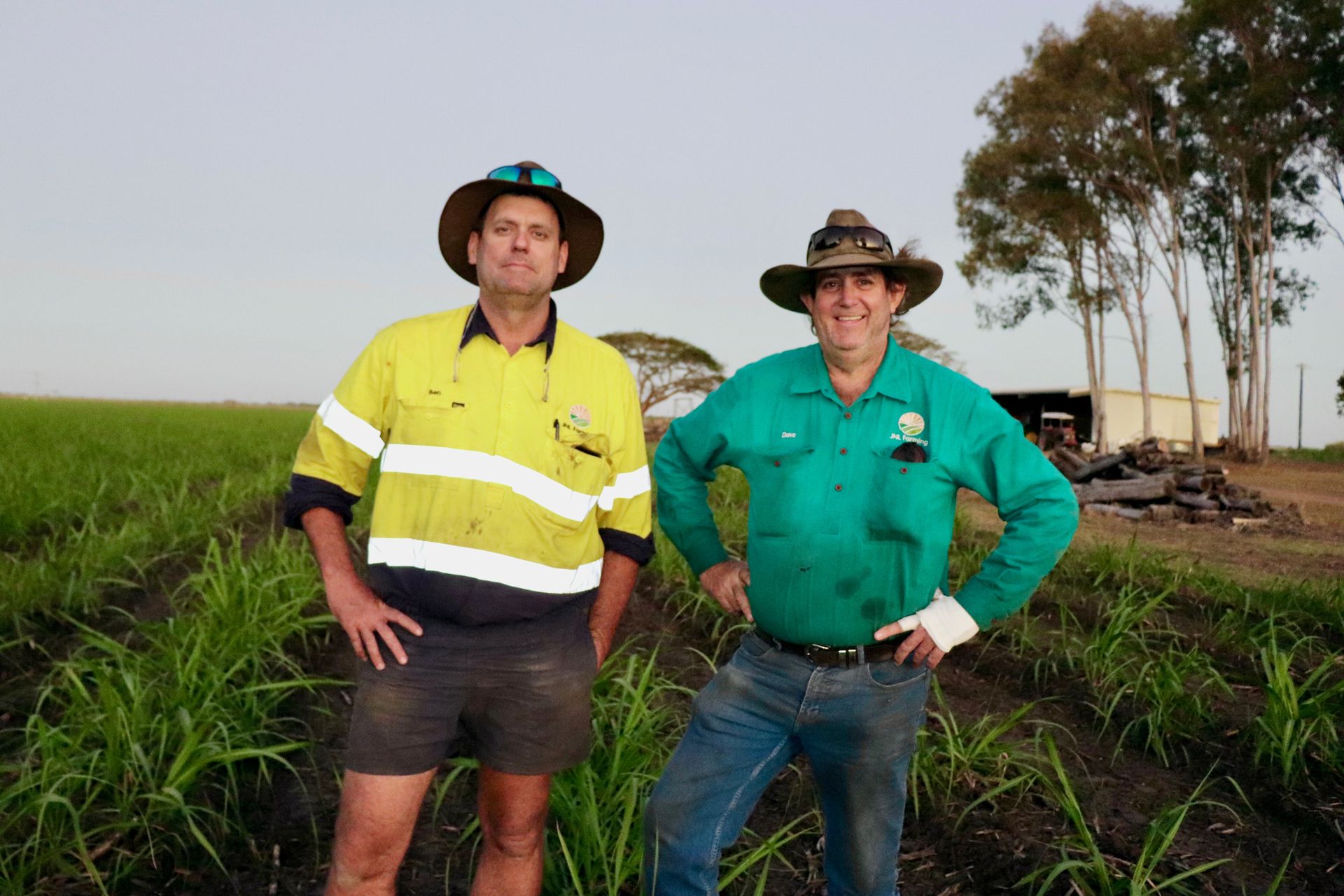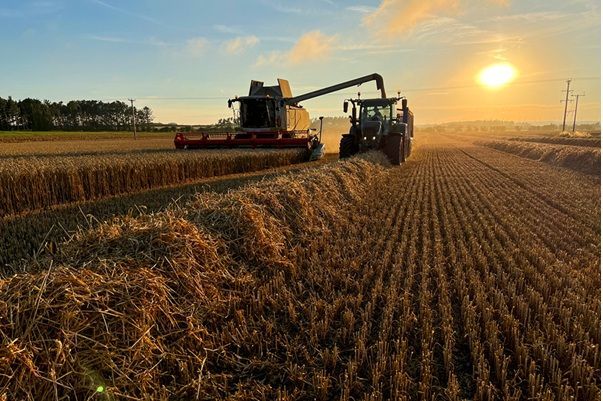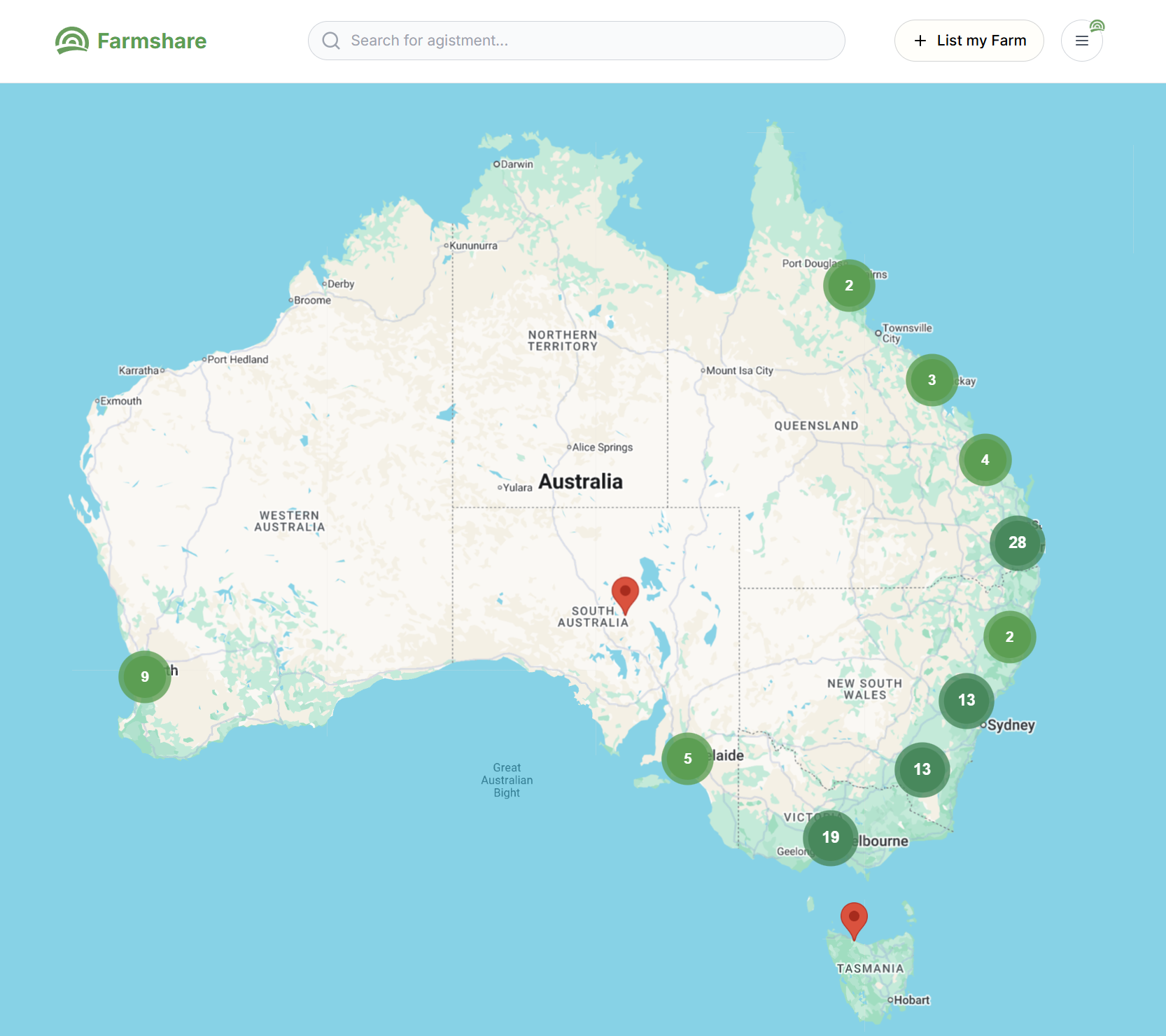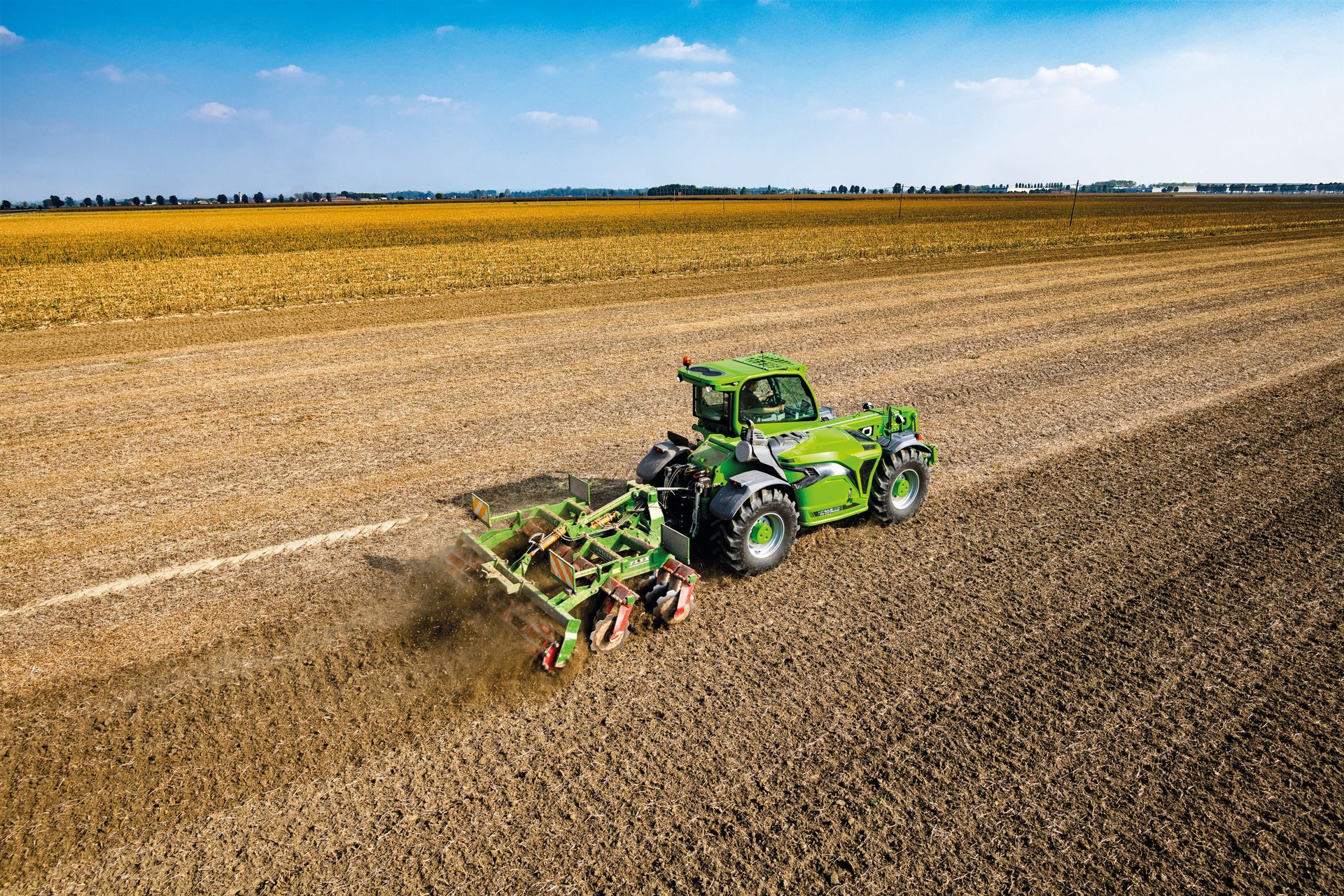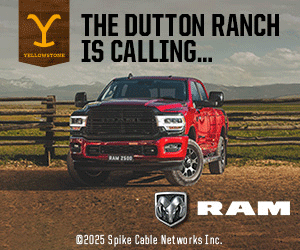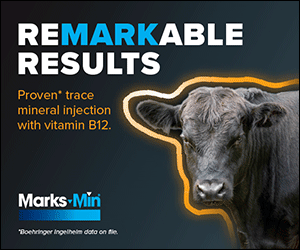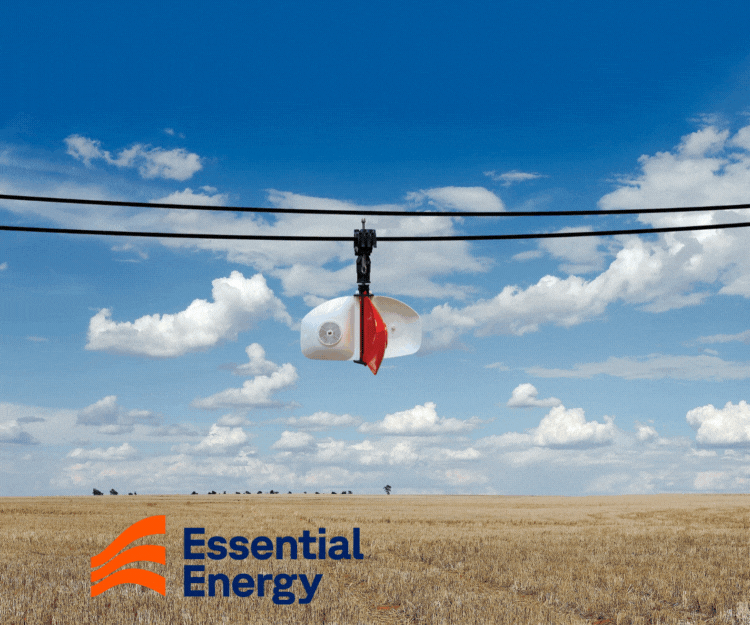1MG FlippingBooks
Policy undermining emission reductions
Inadequate policy frameworks are undermining the farming sector’s potential to help Australia meet its carbon emissions targets, according to new research from AgriFutures Australia.
The report, Improving carbon markets to increase farmer participation , was carried out by the Australian National University and the Mullion Group with funding under the AgriFutures National Rural Issues Program. It reveals that current regulatory frameworks are preventing producers from participating in carbon markets, diminishing the potential of the farm sector as a source of carbon units to meet Australia’s emissions reduction targets.
“This report indicates carbon markets are shaping as the incentive for Australian farming industries to reduce greenhouse gas emissions in a trading environment where CSIRO forecasts carbon market returns of $40b to the land sector by 2050,” says AgriFutures Australia Managing Director John Harvey. “Reducing uptake barriers for primary producers may be key to more consistent farmer participation in carbon offset markets.”
Agriculture currently contributes 13 percent to Australia’s overall greenhouse gas emissions. Numerous industry groups have acknowledged the importance of contributing to emissions reductions, with the National Farmers’ Federation and Meat and Livestock Australia both committing to carbon neutral goals.
Nevertheless, various barriers continue to reduce farmer engagement in carbon markets including:
●low carbon prices and price uncertainty;
●restrictions on the scope of methods;
●high transaction costs;
●lack of information and a lack of trust in information providers; and
●concerns about changes in the rules that govern participation and crediting.
These are especially pronounced for sugarcane producers and piggeries, in which small to medium-sized farms generally have low levels of awareness of carbon market opportunities.
“Increased efforts to raise awareness of carbon market opportunities and further analysis of the economic returns from soil carbon projects could help reduce these barriers,” says AgriFutures Australia Senior Manager of Business Development Jennifer Medway. “It has been shown soil carbon projects result in improved soil health which can lead to improved agricultural productivity. Methane capture can provide a means for generating renewable energy, and improving the efficiency of intensive farm operations like piggeries.”
The report reveals that reform to the existing carbon market policy and regulatory frameworks will be key to addressing these barriers.
“While Rural Research and Development Corporations and industry are investing heavily in innovative, proactive approaches to address the carbon challenge, there remains a reliance on public investment to fund instruments to deliver on-farm carbon abatement,” Mr Harvey says.
Agriculture has dominated the nation’s primary carbon market, the Emissions Reduction Fund (ERF), with 70 percent of registered projects relating to the farming sector. Nevertheless, uptake from the sector has been inconsistent, mainly involving the regeneration or protection of native forests in Queensland, New South Wales and, to a lesser extent, Western Australia and South Australia.
The report contains a number of policy measures that can help address barriers to participation in carbon markets, facilitating greater participation in Australia’s emissions reductions efforts. These include:
●mandatory sectoral targets involving setting specific emission reduction targets for each participation sector;
●price floors and ceilings to set minimum and maximum prices for the sale of carbon credits;
●government purchasing to minimise price uncertainty for offset providers;
●investment in agriculture abatement research; and
●minimising institutional barriers and transaction costs.
Although AgriFutures notes that further research is required to inform the design and implementation of the required policy responses, it believes that these are all viable options to mitigate the existing barriers and boost the income of the agricultural industry.
“Enhanced participation in carbon offset markets will lead the sector closer to the forecast $40 billion return,” says Ms Medway.
